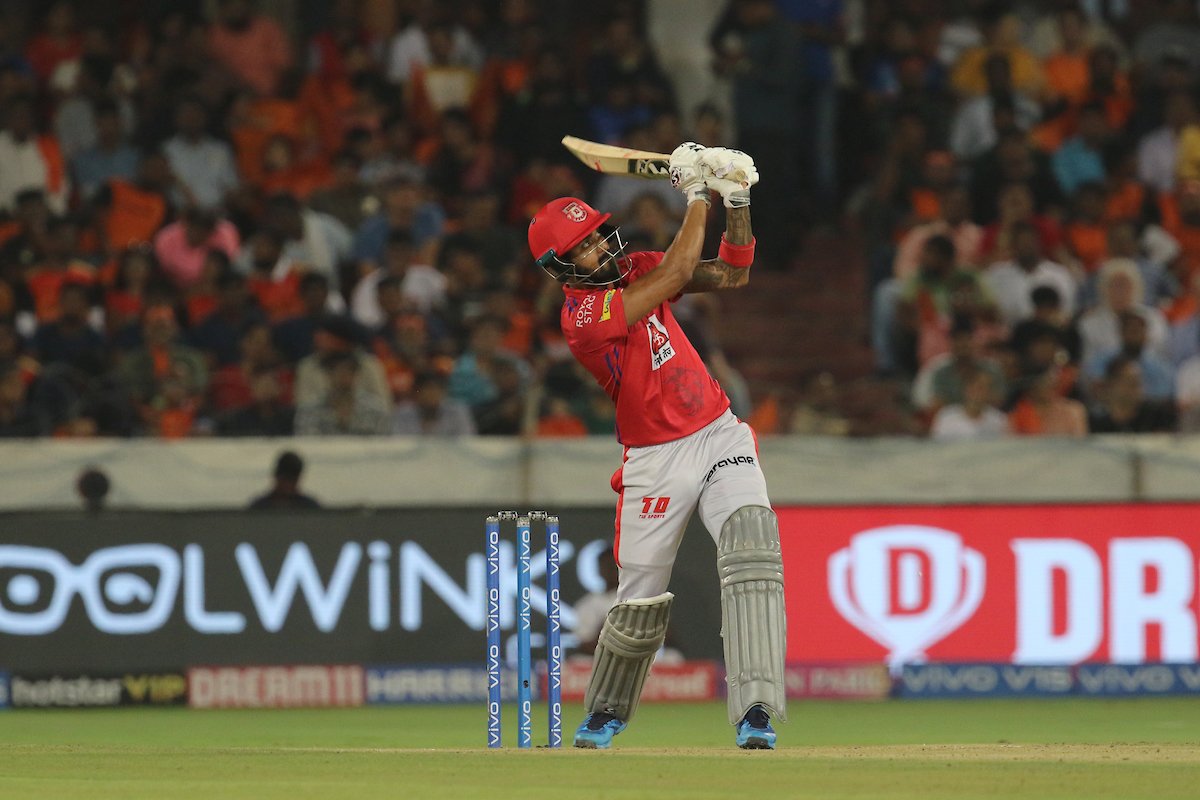IPL 2019 | What worked and what didn’t - Kings XI Punjab
Another year, but the same story repeats as Kings XI Punjab started on a convincing manner, only to see their momentum being fizzled out in the second half of the league. They still could’ve become the fourth team in the playoffs, but the inability to soak in the pressure got them on the wrong-side.

Just ahead of the auction, Kings XI Punjab decided to part ways with Virender Sehwag and hired Mike Hesson as the coach to centralise the team selection power to one man. Hesson comes with an impressive CV as a coach and was known to be a fine tactician during his tenure with the New Zealand team. With Ravichandran Ashwin at the helm, it became an interesting combination for the franchise, which has never been able to punch above their weight despite having some of the biggest names of the T20 cricket, but when the fault lies at the very core of it, only detaching the peel would hardly be a solution.
The very same problem came out to haunt them as the team, after a great start, fell apart like a pack of cards and had settled down with 12 points. Sure enough, Sunrisers Hyderabad qualified for the playoffs with the same number of points, but there was a 0.828 NRR difference with the 2016 Champions. However, it was not as close as it seems by reading the above line. They could only win two of their last eight games of the season, but all they needed to advance was one more win in the last five games and a failure in doing that, hardly helped them move away from their perennial “also-rans” tag.
What worked?
Of course, the imported RCB combo of KL Rahul and Chris Gayle. The duo struck in unison and while the former managed to score an aggregate of 593 runs, Gayle struck the chord with mammoth 490 runs, which more often than not, ensured that the team got off to a powerful start. While Gayle, like Shane Watson in CSK, has the affinity of batting longer after a slow start, failed in a few matches, Punjab could afford do that but Gayle buys them wins and that is impact is non-tradeable. Rahul, on the other hand, batted like there was no tomorrow and no one, not even Jasprit Bumrah, escaped from his wrath.
Ravichandran Ashwin was by far their best bowler this season. Whenever there was run-flow, Ashwin brought himself back into the attack and restricting it like he had a magic wand with him. Most importantly, the off-spinner, who tried leg-spin last season, stuck to his orthodoxy but brought a lot of other variations like side-spin and slingy action to ensure that the batsmen had been outfoxed even before he released the ball. Even in the death overs, he was a class act, conceding runs at an excellent economy of 5.5 between overs 16 and 20.
Mohammed Shami wasn’t bad either with the ball. In fact, he was good. However, his impact was only limited to his wicket-taking prowess and there was hardly anything he could do to wrest the momentum back. His 19 wickets from 14 games were one of the major reasons behind the team having to do with their pacers in the initial part of the tournament and with little support from their spinners.
What didn’t work?
Punjab’s lack of consistency was a huge problem for the team ever since the inception, probably with the exception of 2014, and this season was no different at all. They started the season on a bang and won four out of their first six games, but just one win in the next seven matches made them all but out of the playoff race. A win in the last game against CSK may have ensured that they didn’t end as the wooden spooner, but they squandered a big opportunity there. The kind of start that they got, it was hardly understandable why they didn’t pull up their socks. After all, it was the margin of only one match and it could’ve been them taking on Delhi Capitals in the first eliminator in Vizag.
The middle-order failure was one of the biggest contributing factors as well. While Rahul was just too good with the bat, he had brilliant support from Chris Gayle, but the middle-order hardly supported them in their quest. Each time Mayank Agarwal came out to bat, he seemed to be in the zone and every time it seemed like he would do it single-handedly, but that restricted to his Babar Azam-esque presence in the Tests. He just never got off. Otherwise, how would you explain the psychology behind someone reaching the 20-run mark on eight occasions but could convert only two of those starts into the fifties. There was also no clarity about Sarfaraz Khan’s role in the team as he seemed a guy being addictive for a change but tied down to sit like a hopeless wanderer.
The middle-order problem also resulted in Punjab throwing most of the games away when there could be only one result - a Punjab win. Take their first-round encounter against Chennai for example. KL Rahul and Sarfaraz Khan had shared a 110-run stand for the third wicket and they needed only 70 runs in 8 overs with 8 wickets in hand, but the tragic choke happened as Punjab failed to score those runs to lose the game by 22 runs. Even against RCB at Chinnaswamy, they were going strong and were at 101/1 in 9 overs chasing 203. Despite Nicholas Pooran’s lower-order pyrotechnics, this ended as a sad story for the Mohali-based franchise as Bangalore ended at the right side of the result and that too by 17 runs. It was this very failure of closing out the games resulted in their pitfall while it shouldn’t have required a lot to have a change in that attitude.
Their powerplay bowling also left a lot to be desired for as the North Indian team registered an economy rate of 9.40 in the Powerplay, which was the worst among the eight teams. They also took the least number of wickets -12 - and when your bowling is that poor in the powerplay, expect to be battered in the middle and death phase as well.

Comments
Sign up or log in to your account to leave comments and reactions
0 Comments